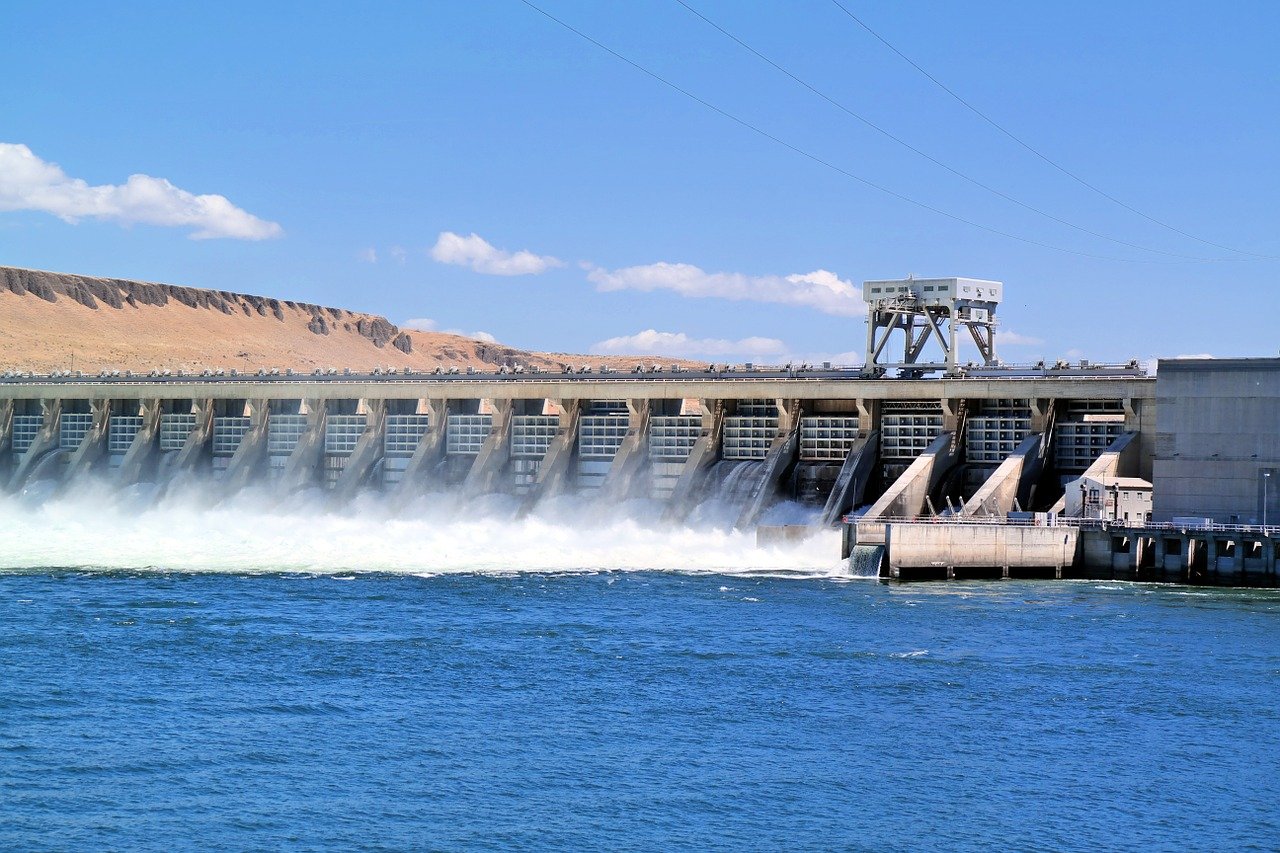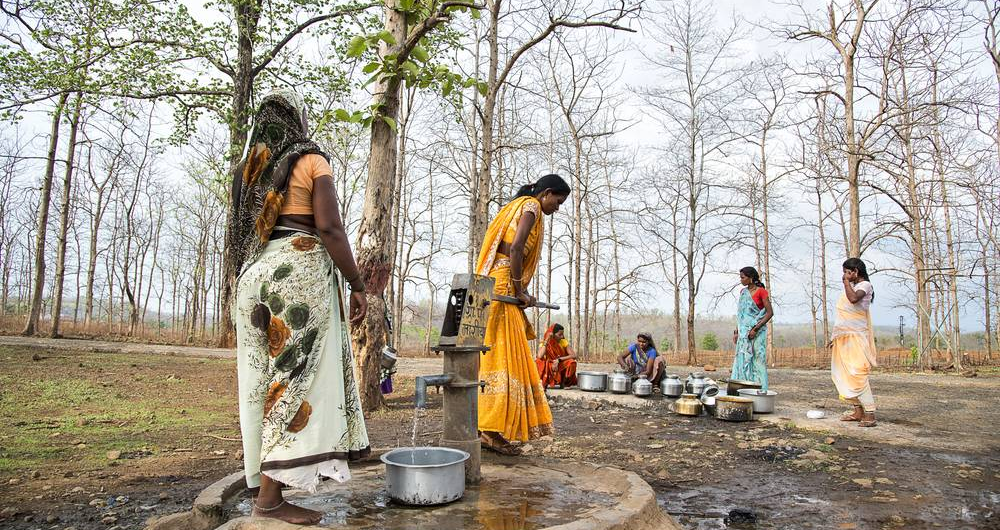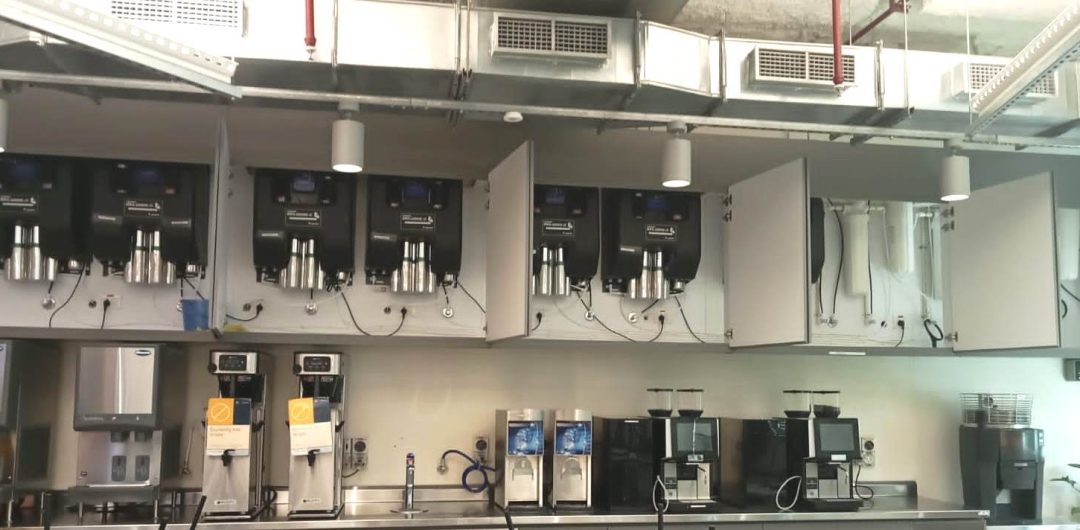The importance of hydropower in India’s energy landscape, a pivotal player in the face of escalating energy needs and the global push towards sustainability. In our pursuit to decrease dependence on fossil fuels and tackle the obstacles posed by climate change, the multifaceted advantages of hydropower have emerged as a prominent solution, leading us towards a future of energy that is both sustainable and resilient.
A Need for Stability with Renewable energy
In the realm of renewable energy, solar and wind power, while champions of cleanliness, pose a unique challenge with their intermittent nature, relying on the unpredictable availability of sunlight and wind.
This intermittency introduces stability concerns for the electric grid, prompting the need for dependable counterparts. Enter thermal power and hydropower – the unsung heroes offering the essential stability the grid craves.
The technical prowess of hydropower becomes the linchpin in stabilizing our dynamic grid. Its nimble start-stop abilities, black-start features, spinning reserve attributes, and adept voltage and frequency regulation make it the perfect candidate to navigate the intricacies of our modern energy infrastructure.
India’s Energy Landscape – A Call for Renewables
As India steers towards accelerated economic growth, the thirst for energy is set to soar in the next decade. The pursuit of planned GDP growth and the urgent call to address climate change align seamlessly. Balancing the burden of significant financial outlays for coal, oil, and natural gas imports with escalating environmental concerns underscores the critical shift towards renewables.
India’s bounty of rivers becomes a strategic asset in this pursuit. Tapping into hydroelectricity from these water bodies not only signifies a clean and sustainable energy source but aligns perfectly with the nation’s commitment to cleaner energy generation.
COP 26 Commitments Towards A Bold Vision for India
Recent commitments made by the Indian government at the COP 26 events in Glasgow solidify the nation’s resolve to confront its carbon emissions. India has set a high emissions target for the future, even though it is already the fourth-largest emitter in the world.
Moreover, India has outlined a comprehensive set of five pivotal elements, akin to the essence of nectar (Panchamrit), as part of its climate action agenda:
1. Attain a Non-Fossil Energy Capacity of 500 GW by 2030.
2. Source 50% of its Energy Needs from Renewable Energy by 2030.
3. Curtail Total Projected Carbon Emissions by One Billion Tonnes from the Present to 2030.
4. By 2030, the economy’s carbon intensity should be lowered by 45% from 2005 levels.
5. Strive to Achieve Net Zero Emissions by the Ambitious Year 2070.
These commitments mark a paradigm shift in India’s energy priorities, placing a premium on clean energy initiatives and supportive policies for renewables. Post the Paris Agreement ratification, the government’s increased budgetary allocation to the renewable energy sector reinforces its steadfast dedication to fostering a more sustainable energy mix.
How is HydroPower beneficial for India?
Hydropower emerges as a linchpin in this clean energy revolution, offering an array of benefits that extend beyond carbon emission reduction. Its ability to reach new remote locations with electricity not only improves living standards but also opens up new opportunities for communities. Let us understand the advantages of Hydropower are:
1. It’s Eco-Friendly and Enduring
Hydropower stands out as a clean and sustainable energy source, ushering in electricity without releasing harmful greenhouse gases or pollutants. By reducing the use of fossil fuels, it will help us in reducing air pollution and combating climate change as well.
What makes it even more remarkable is its reliance on rivers and streams, part of the natural water cycle, ensuring a continuous and renewable energy supply. Importantly, hydropower plants do not deplete water resources from the environment; any water taken is fully returned over time, making its water footprint exceptionally low.
2. Flexibility at Its Core
Hydropower plants demonstrate remarkable flexibility, adapting to variations in water availability. These systems require minimal energy to come online, allowing even large plants to transition from idle to full power and vice versa within minutes. The adaptability relies on the turbine type used and effective water flow management.
3. Grid Stability and Intermittency Prevention
Pumped storage hydropower plants act as energy reservoirs, effectively addressing the intermittency challenge. Excess electricity generated during favourable weather conditions by wind or solar plants is utilized to pump water into upper reservoirs. This stored water is later employed to generate electricity through turbines during periods without sunlight or wind, thereby providing stability to the power grid.
4. Flood Risk Reduction
Hydropower plants not only generate electricity but also play a role in mitigating flood risks. By allowing precise control over the release of water, these plants significantly reduce the chances of flooding during heavy rainfall, benefiting both the environment and downstream irrigated areas.
5. Reviving Nature’s Balance
Hydropower plants not only generate energy but also actively contribute to environmental restoration. They play a crucial role in reclaiming marshy areas by regulating water flow and preventing the build-up of stagnant water. Additionally, the infrastructure of these plants aids in improving river navigability by capturing solid objects like branches and trees.
6. Tourism Flourishes, Water Adventures Beckon
Hydropower installations create inviting pedestrian paths around reservoirs, initially designed for operational purposes but equally enjoyed by tourists. Enhancing these areas with bicycle paths adds to their aesthetic charm.
7. Preserving Biodiversity Havens
The reservoirs formed by hydropower plants become havens for biodiversity, fostering vegetation growth that attracts a diverse range of animals. These areas often transform into sanctuaries for various species, aided by features like channels and passage ramps that facilitate fish migration.
8. Unlocking Gravitational Energy
The colossal mass of water at higher altitudes holds an abundance of gravitational potential energy, establishing hydropower as a formidable energy source. Capturing even a fraction of this potential translates into a significant and dependable energy supply.
9. Economic Wisdom in Investment
Despite the substantial initial investment required for setting up a hydropower plant, its economic viability in the long run surpasses that of other energy sources. Once the infrastructure is in place, maintenance demands are minimal compared to the upfront investment. The integration of digital technologies further bolsters efficiency, reducing waste and optimizing overall operations.
10. Propelling Innovation Forward
The world of hydropower is a hub of ongoing innovation, with emerging technologies continually enhancing machinery efficiency. Technology plays a pivotal role in ensuring robust maintenance practices and maximizing safety standards, steering the industry toward a sustainable and innovative future.
Challenges with Navigating the Projects
Despite its vast potential, the hydropower sector in India faces formidable challenges. With an estimated hydropower potential of 1,45,320 MW (excluding small hydro projects), the realization of this potential has been hampered by contractual conflicts, environmental litigations, local disturbances, financial stress, and the reluctance of purchasers.
In a bold move in March 2019, the Indian government accorded renewable energy status to large hydroelectric projects (HEPs), paving the way for these projects to access concessions and green financing akin to other renewable energy ventures.
Yet, obstacles endure, spanning from the lengthy task of acquiring land to the complex matters of relocating and rehabilitating communities (R&R), obtaining clearances for forests, facing financial constraints, and ensuring the development of essential infrastructure like roads and bridges.
A Call for a Hydropower Revival
To meet the ambitious target of generating 500 GW of electricity from renewable sources, hydropower must be granted greater focus and recognition.
The recent assurance from the power minister regarding enhanced attention to hydropower instils confidence that India is poised for a significant upswing in hydropower generation in the years to come.
The synergy of solar, wind, hydropower, and green hydrogen presents a formidable arsenal in India’s quest to achieve its clean energy targets. By strategically integrating these diverse sources, India can pave the way for a sustainable and resilient energy future.
India Greenlights Ambitious Dibang Hydropower Project Amid Challenges
In a significant move to bolster its renewable energy portfolio, India has given the nod to its largest hydropower venture to date. The Dibang project, nestled in the mountainous north-eastern region bordering China, has received government approval with an estimated investment of 319 billion rupees ($3.9 billion). The nation’s electricity grid is set to receive a boost of 2,880 megawatts through a colossal nine-year undertaking led by NHPC Ltd., the state-run hydropower generator.
Key Points:
1. Renewable Push
India’s green energy agenda receives a boost with the approval of the Dibang project, marking a significant step in the nation’s transition from coal to renewable sources. Hydropower is a significant source of renewable energy essential for preserving grid stability when dealing with the intermittent nature of solar and wind power.
2. Environmental Concerns
Despite the renewable benefits, large-scale hydropower projects often come under scrutiny for environmental damage and community displacement. The Dibang project, spanning over 5,000 hectares of forest land, raises concerns about potential environmental risks and community dislocation.
3. Project Timeline
NHPC Ltd. envisions a nine-year timeline for the Dibang project’s completion. However, scepticism arises, with critics highlighting the challenges posed by local protests and geological complexities. Such hurdles have previously led to delays in Himalayan region projects, impacting construction schedules.
4. Cost-Benefit Analysis:
Himanshu Thakkar, coordinator for the South Asia Network on Dams, Rivers, and People, questions the viability of the Dibang project, anticipating higher costs and lower benefits. Environmental concerns and potential delays due to protests could make the project economically less feasible.
5. Government Support
The approved investment includes a significant sum of 67.2 billion rupees earmarked for government support, focusing on flood moderation and essential infrastructure like roads and bridges. These backing aims to address some of the challenges associated with the project.
Despite the hurdles, India’s ambitious move reflects its commitment to expanding renewable energy capacity. The Dibang hydropower project, while facing scrutiny, marks a significant stride in the nation’s pursuit of a sustainable and diversified energy landscape.
Embracing the Promise of Hydropower for Future Generations
In wrapping up, hydropower emerges as a promising force in India’s journey towards a greener and more sustainable energy blend. Striking a balance between environmental considerations and the crucial need for a stable grid, hydropower takes centre stage in India’s shift towards becoming a renewable energy hub.
India has the capability to unlock the immense advantages of hydropower by focusing on diligent endeavours, progressive policies, and a collective resolve to overcome obstacles. This will pave the way for an era of plentiful energy that resonates with the aspirations and ambitions of future generations.
FAQs
Q1: What is the hydropower potential in India?
A: India boasts a hydropower potential of approximately 1,45,000 MW. At a 60% load factor, this potential can effectively meet a demand of around 85,000 MW. Additionally, there’s an estimated potential of 20,000 MW for power generation from Small Hydropower Projects.
Q2: What percentage of electricity in India comes from hydropower?
A: Hydropower contributes to about 22% of the electricity generated in India. This diversification in the energy mix sees thermal power plants leading at 65%, nuclear power plants at 3%, and the remaining 10% from alternative sources like solar and biomass.
Q3: Which is the largest hydroelectric power plant in India?
A: The Tehri Hydropower Complex takes the lead as the largest hydroelectric power plant in India, boasting a capacity of 2,400 MW. Situated in Uttarakhand, it stands as the highest hydroelectric power project in the country. Commissioned in 2006, its construction commenced in 1978 with technical collaboration from the former USSR.





